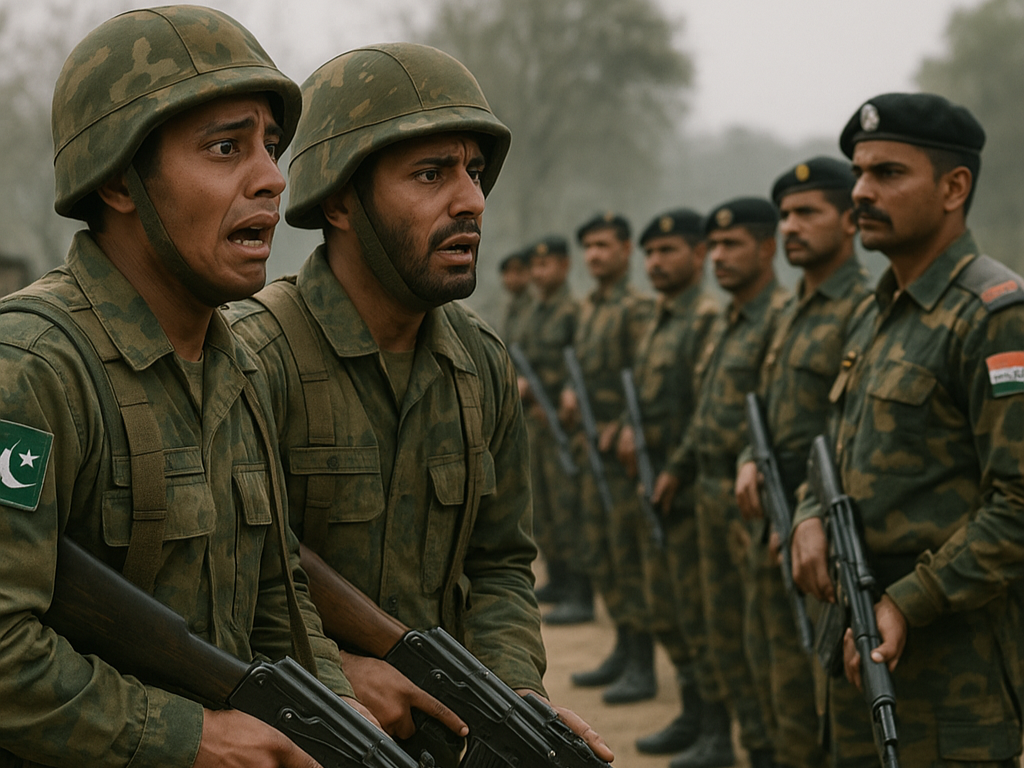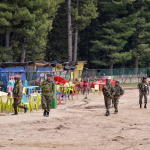The recent terrorist attack in Pahalgam’s Baisaran Valley, which left 26 people dead and more than 20 wounded, has reignited concerns that echo warnings from a 1993 declassified CIA document. The Resistance Front (TRF), linked to Pakistan-backed Lashkar-e-Taiba, has been implicated in the killings, though Islamabad denies involvement. The tragic event, however, fits a decades-old pattern that U.S. intelligence anticipated.
The document, a National Intelligence Estimate (NIE) prepared under senior CIA analyst Bruce Riedel, painted a stark picture of South Asia’s most volatile fault line. It concluded that Pakistan viewed India not just as a rival but as an existential threat. At the time, India was stabilizing under Prime Minister P.V. Narasimha Rao and Finance Minister Dr. Manmohan Singh, while Pakistan grappled with economic instability and political unrest.
The NIE foresaw that a conventional war between India and Pakistan was unlikely—only a 20% probability, analysts estimated. But the real risk, it said, was a cascading chain of provocation: a terrorist strike, a misinterpreted military movement, or communal violence. In such a scenario, Pakistan would likely respond from a position of fear, resorting to proxy warfare and terrorism to offset India’s growing influence.
The report was chillingly prescient. It predicted that Pakistan might back militant groups in Kashmir, not out of ideological conviction, but as a strategic tool to bleed India while avoiding direct conflict. It also warned that under economic strain or military rule, Islamabad could embrace Islamist factions as a means to channel internal discontent outward.
The assessment noted a growing imbalance: India’s steady rise in economic, military, and diplomatic stature versus Pakistan’s internal volatility. This imbalance, the CIA concluded, would drive Islamabad to asymmetric strategies—using terror as a form of leverage.
Crucially, the document warned that nuclear deterrence might not prevent conflict. Confidence-building measures, it said, could “prove irrelevant” in the face of a high-casualty terror event. In such crises, leaders might act based on instinct rather than protocol—a scenario dangerously similar to the present.
Though the TRF didn’t exist in 1993, the strategy it embodies was already identified. The NIE saw groups like Lashkar-e-Taiba as proxies through which Pakistan could wage undeclared war over Kashmir. It also noted that religious polarization within India could make it easier for Pakistan to justify or amplify its interventions.
The NIE was used to brief President Bill Clinton’s administration, underscoring its gravity. Clinton would later visit India during the 2000 Chittisinghpura Massacre—another terror strike linked to Pakistan-based actors.
Now, as Indian policymakers revisit the Pahalgam tragedy, many are looking back at the 1993 assessment not as an archival report, but as a living document. Its warnings—about proxy conflict, nuclear ambiguity, and the volatility of Kashmir—are no less urgent today.













